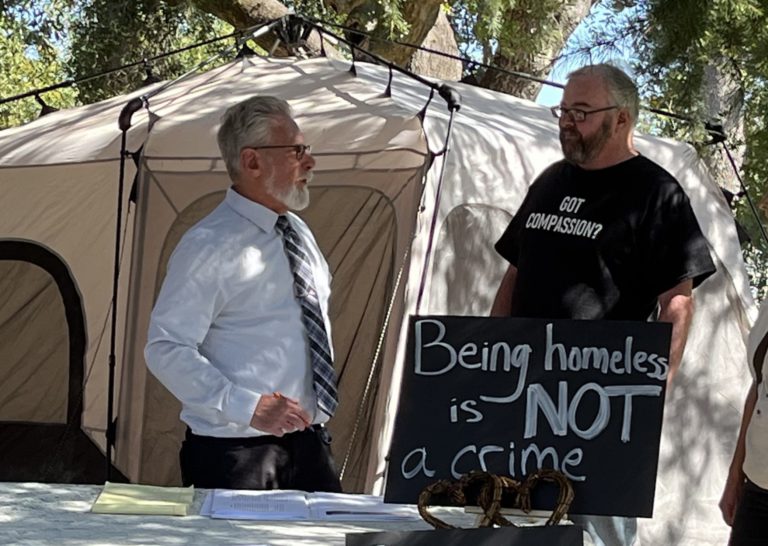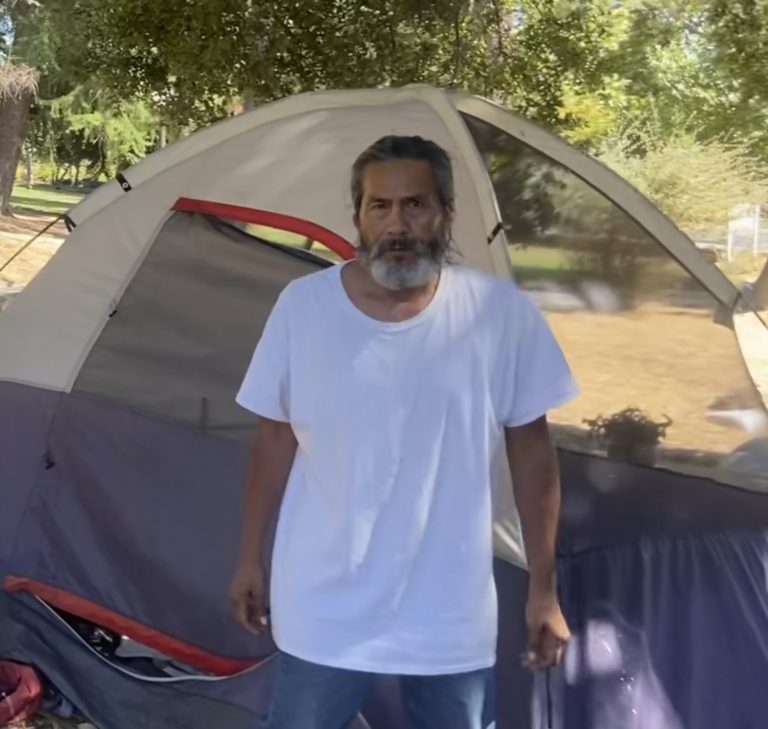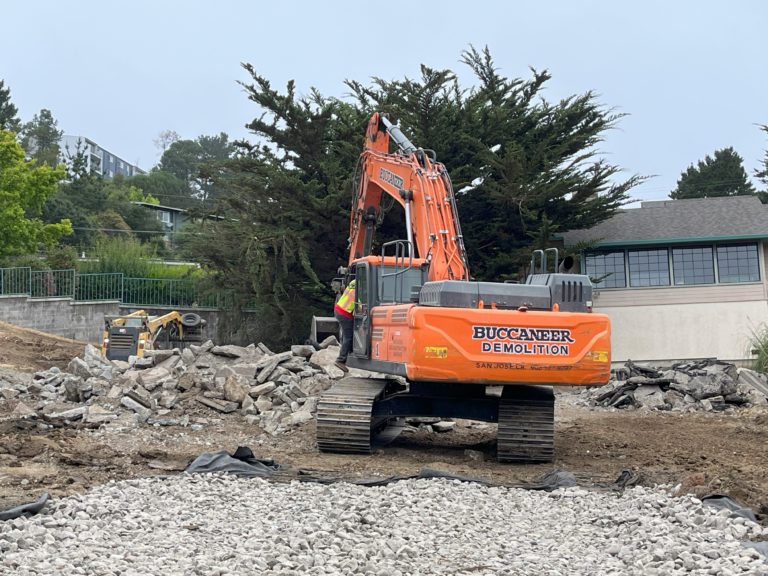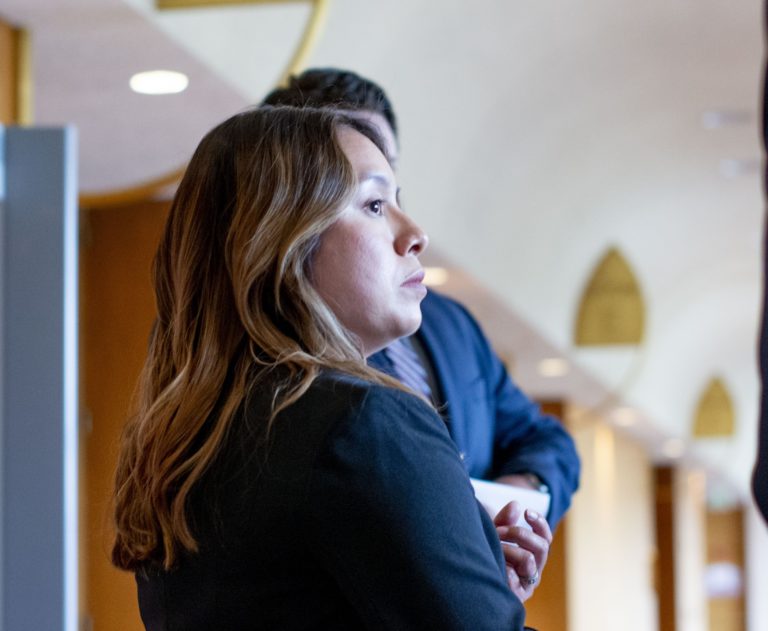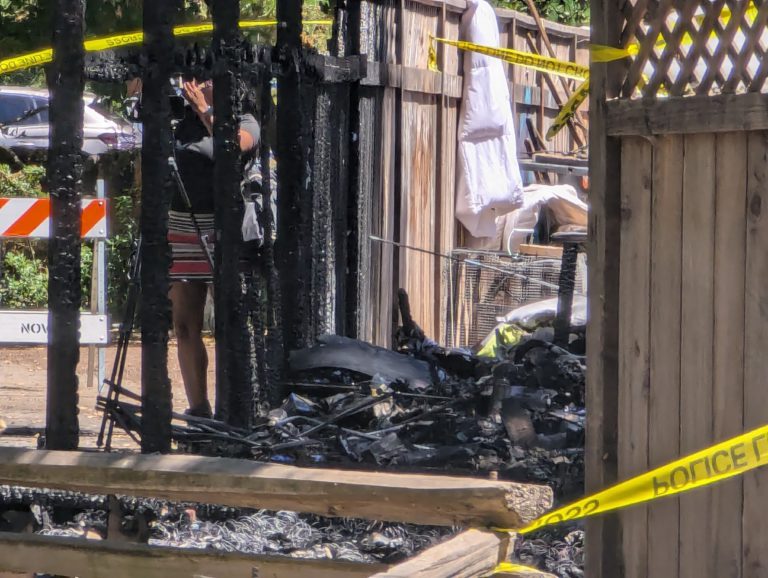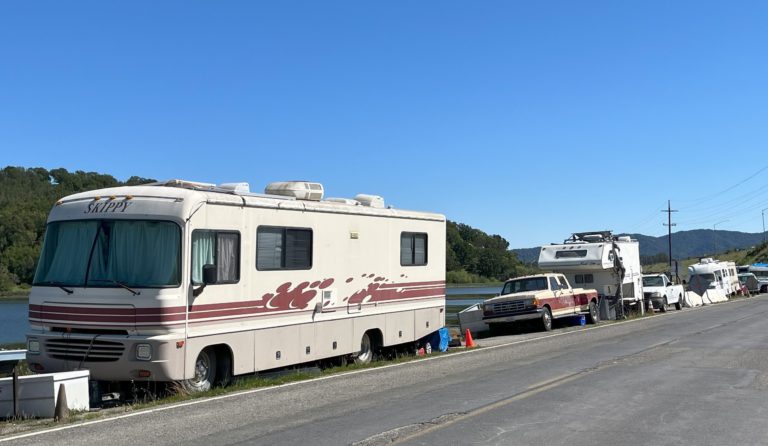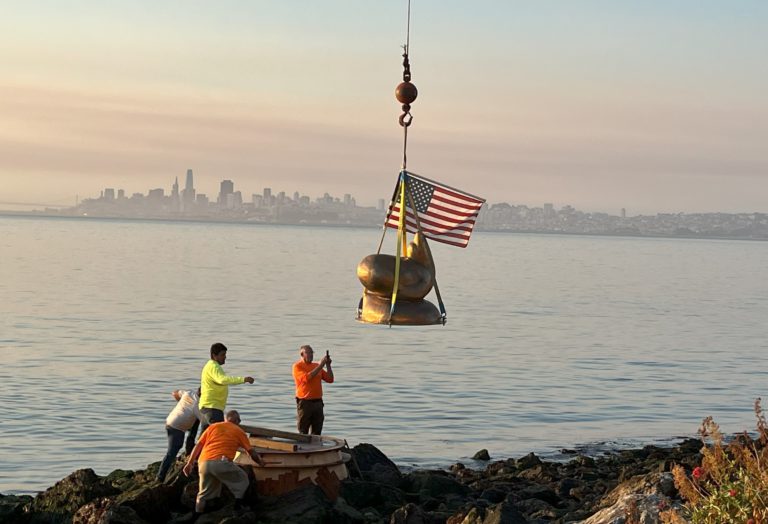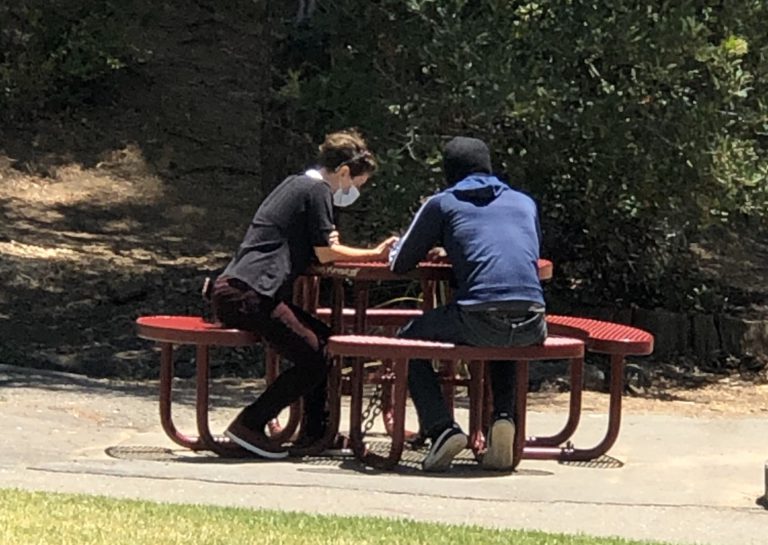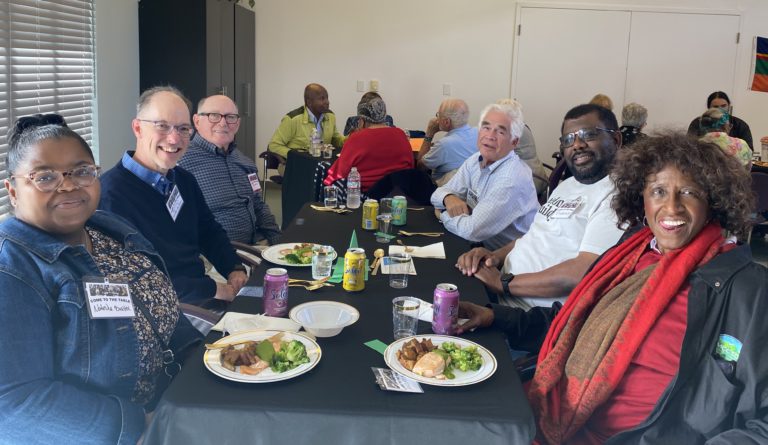Another brouhaha has developed between Novato and the Marin Homeless Union.
This one is over the city’s recommended resolution to close a sanctioned homeless encampment and a proposed ordinance that would essentially ban all camping on public property.
At least for the moment, the City of Novato won’t move forward with either.
Both issues appeared on the City Council’s Sept. 24 agenda. However, city attorney Gary Bell removed them at the start of the meeting, announcing that the Homeless Union had requested a “meet and confer” before the City Council votes on the proposals.
Marin Homeless Union attorney Anthony Prince maintains that Novato violated a 2022 settlement agreement with the union by placing the items on the agenda for a vote. The parties reached the settlement agreement after the union filed a federal lawsuit against Novato for issues similar to the current dispute—restricting homeless people from camping on public property.
“The city’s idea was to enact the ordinance and pass the resolution that very same night,” Prince said. “We found out about it. We immediately contacted the city. We immediately contacted the magistrate judge who has been assigned to resolve disputes between us and the city. We stopped the sneak attack.”
Keeping the 17-tent encampment open is a priority for the union. Prince said that it has been a successful staging ground for people to obtain permanent housing and services. The County of Marin reports that 25 former Lee Gerner Park camp residents have been housed.
Under the terms of the settlement agreement, Novato established the homeless encampment in Lee Gerner Park, and agreed it would remain open for at least two years—a period that ends next week, on Oct. 13. Yet the city could choose to keep operating the camp.
The agreement also struck down restrictive language in a city camping ordinance and created an ongoing Housing and Homeless Committee, composed of Marin Homeless Union representatives and community members.
But Prince claims Novato did not fulfill the agreement’s requirements to change the current camping ordinance or permanently close the encampment, which suffered extensive damage during an arson fire on July 30.
After the fire, the city provided the displaced campers with motel rooms for 28 days. Even that gesture became tainted, Prince said, because a city staffer forced the homeless people to sign an agreement that waived many of their rights without consulting legal counsel. As the Marin Homeless Union’s attorney, Prince represents all Lee Gerner Park camp residents.
Novato officials declined to speak with the Pacific Sun, although city spokesperson Sherin Olivero provided written answers to submitted questions.
Olivero said the city asked campers to sign a “Motel Agreement” outlining the parameters of the program. Still, she gave no explanation as to why the contract contained a considerable waiver of the campers’ rights.
The camp has remained shuttered since the blaze, leaving many campers with no place to stay when the motel program ended. Two weeks ago, some campers returned to Lee Gerner Park and pitched tents outside of the burned camp. The city quickly posted notices stating the tents must be removed and offered no suggestions about where the campers could go.
Another conflict between Novato and the union involves whether the city followed a settlement agreement requirement to review the state of housing and homelessness three months prior to the end of the two-year period. The review’s purpose is to assist the City Council in determining if there’s a need to continue operating the homeless camp. Both sides agree a review took place, and the Homeless and Housing Committee even approved a written report. Nevertheless, the union has cried foul on the way city staff conducted this business.
“Far from a sneak attack, the City followed the process in the settlement agreement and communicated with all interested parties as required,” Olivero said.
Jason Sarris, a union representative who also serves on the Housing and Homeless Committee, said that Olivero’s statement left out important nuances. According to Sarris, city staff withheld they were recommending the City Council close the encampment and pass an ordinance banning camping—only revealing the crucial information after the committee approved the state of housing and homelessness report. Neither of these issues made it into the 18-page report, although both clearly impact homelessness in Novato.
“The Housing and Homeless Committee absolutely should have had an opportunity to weigh in on this and have it included in the report,” Sarris said.
Additionally, the settlement agreement lays out procedures to terminate the camp if financial issues arise for Novato—a reason the city has given for shutting it down. While the City Council has sole discretion on the decision, Novato must provide the designated union representative with evidence of the financial findings and give at least 60 days’ notice of the closure date.
Sarris said he never received any financial evidence or 60 days’ notice. On Sept. 18, just six days before the City Council meeting, he learned that the council members would be voting on whether to close the camp.
The city points to its multi-year budget deficits as the reason it can’t afford to reconstruct the camp after the fire damage. Yet at last month’s Housing and Homeless Committee meeting, city staff noted that Novato has $19,500 for the Lee Gerner camp and $429,00 for homeless initiatives, Sarris said.
“None of the County or State one-time grant funds are eligible to support the potential rebuild or clean-up of the Lee Gerner Park site; therefore, General Fund dollars would need to be assigned to the project,” Olivero wrote.
She did not respond to a question about whether the city had researched or applied for other funding to rebuild the encampment.
During a meeting last week with the attorneys from both parties and the federal magistrate judge overseeing the 2022 settlement agreement, the city said it would respect the settlement agreement, according to Prince.
He contends that until officials provide financial evidence and 60 days’ notice of the camp’s closure—and then actually shut it down—the city cannot enact its proposed ordinance prohibiting camping because it doesn’t contain an exception allowing Lee Gerner Park camp to exist.
Novato is evaluating its current camping ordinances based on the recent Supreme Court ruling in City of Grants Pass v. Johnson, Olivero said. The ruling held that regulating camping on public property does not violate the Eighth Amendment prohibition on cruel and unusual punishment.
“We’re going to do our best to see to it that the city does not join all these other cities kicking the homeless out with a green light that they think they’ve gotten from the Supreme Court,” Prince said. “But if they do, we know how to fight. We know how to argue the Fourteenth Amendment [state created danger doctrine], and we’ve already put the city on notice that that’s exactly what we’ll do.”
Meanwhile, the campers who recently moved back to Lee Gerner Park hope they’ll receive permanent housing before their time at the makeshift camp runs out.

